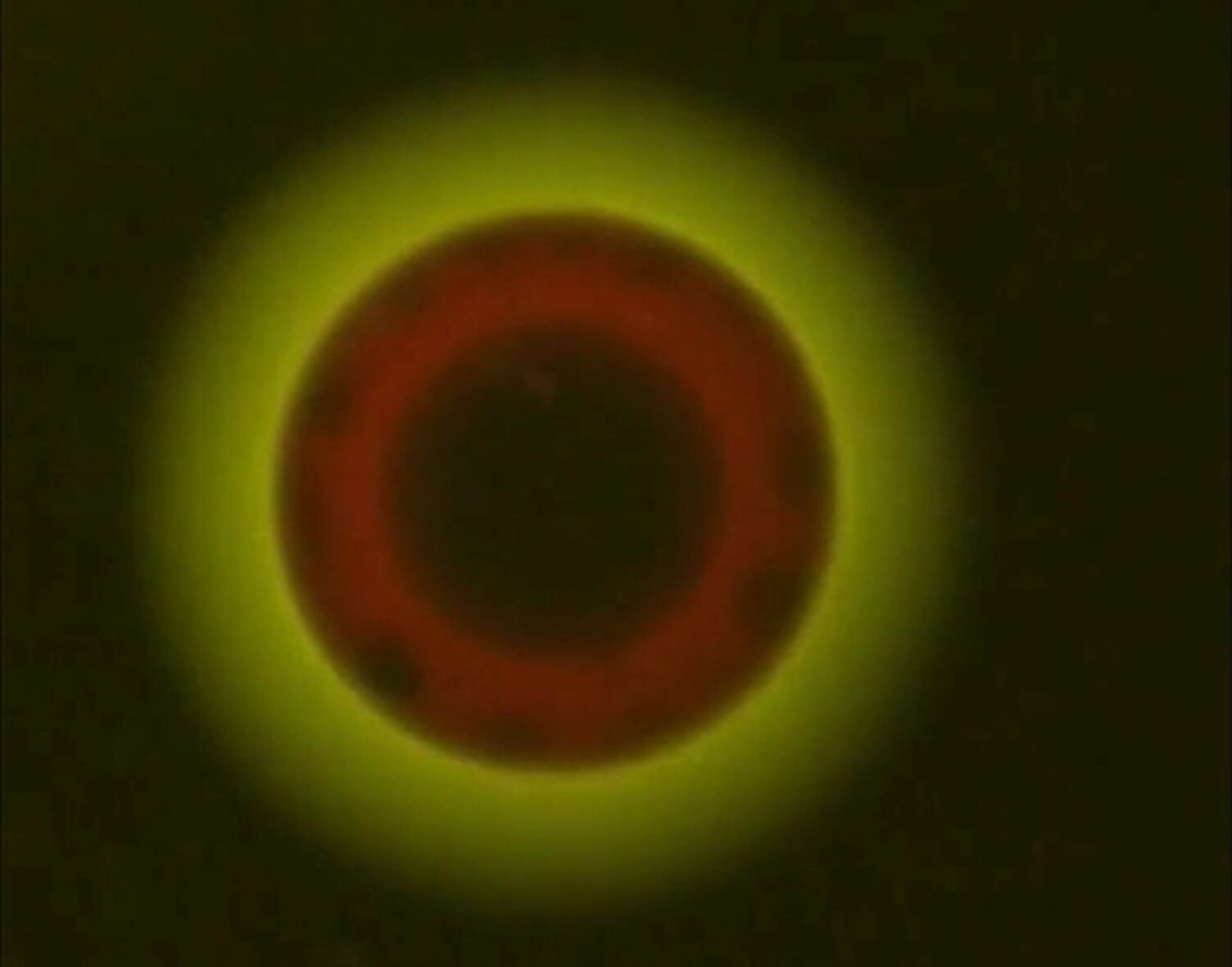
Researchers at the University of British Columbia have discovered three liquid phases in aerosol particles, which are changing our understanding of air pollution in the Earth’s atmosphere.
Although aerosol particles have been known to contain up to two liquid phases, the discovery of an additional liquid phase may be important to provide more accurate atmospheric models and climate forecasts. The study is today in PNAS.
“We have shown that certain types of aerosol particles in the atmosphere, including those likely to be abundant in cities, can often have three different liquid phases.” says Dr. Allan Bertram, a professor in the department of chemistry. “These characteristics play a role in air quality and climate. What we hope is that these results will improve the models used in air quality and climate change policy.”
Aerosol particles fill the atmosphere and play a critical role in air quality. These particles contribute to poor air quality and absorb and reflect solar radiation, which affects the climate system. Nevertheless, uncertainty remains about how these particles behave. Prior to 2012, models often assumed that aerosol particles contained only one liquid phase.
In 2012, researchers from the University of British Columbia and Harvard University provided the first observations of two liquid phases in particles collected from the atmosphere. More recently, researchers at UBC assumed that three liquid phases could form in atmospheric particles if the particles consisted of materials with low polarity, medium polarity, and salt water.
To test this, a solvatochrome dye – a dye that changes color according to the polarity of its environment – is injected into particles containing a mixture of all three of these components. Although the solvatochrome dye method is widely used in biology and chemistry, it has not been used to characterize the phase behavior of atmospheric aerosols. Strikingly, three different colors are observed in these particles, confirming the presence of three liquid phases.
Scientists were also able to study the properties of particles containing three phases, including how well these particles acted as seeds for clouds, and how fast gases go in and out of the particles.
The study focused on particles containing mixtures of lubricating oil from gas vehicles, oxidized organic materials from burning fossil fuels and trees, and inorganic materials from burning fossil fuels. Depending on the properties of the lubricating oil and the oxidized organic material, different amounts of liquid phases will appear which have different impacts on the air quality and climate.
“Through what we have shown, we have improved our understanding of atmospheric aerosols. This should lead to better forecasts of air quality and climate, and better predictions of what will happen in the next 50 years,” says Dr Bertram. . “If policies are based on a model that has major uncertainties, policies will have uncertainties. I hope we can improve them.”
With the urgency of climate goals, policies based on accurate atmospheric modeling reduce the possibility of using resources and finances for wrong policies and goals.
Aerosol formation in clouds: study of climate modeling’s last major uncertainty factor
Jeffrey S. Kwang et al., “The Role of Lateral Erosion in the Evolution of Non-Endritic Drainage Networks to Dendricity and the Persistence of Dynamic Networks,” PNAS (2021). www.pnas.org/cgi/doi/10.1073/pnas.2102512118
Provided by the University of British Columbia
Quotation: Scientists discover three liquid phases in aerosol particles (2021, April 12) obtained on April 12, 2021 from https://phys.org/news/2021-04-scientists-liquid-phases-aerosol-particles.html
This document is subject to copyright. Except for any fair trade for the purpose of private study or research, no portion may be reproduced without the written permission. The content is provided for informational purposes only.
